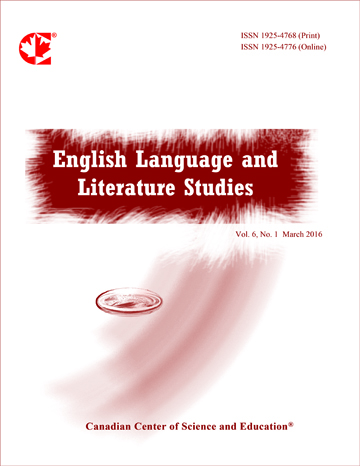An Interpretation of Light Imagery in Frankenstein from an Archetypal Perspective
- Guorong Lu
- Yuqing Zhang
Abstract
In her masterpiece Frankenstein, Mary Shelley borrows and shapes many classic archetypal images and gives them personal values. Among them, the imagery of light in the form of “sun”, “moon” and “fire” appears throughout the text. This study analyzes the specific use of these three types of light imagery in this text, based on Frye’s theory of archetypal criticism. It discusses the dual characteristics of the imagery of the sun, the moon, and fire in the text, the consistency between the changes in the imagery and the emotional changes of the novel’s characters, and the foreshadowing of the plot development by the characteristics of each imagery to analyze the plot homogeneity achieved through the use of imagery and to explain the author’s style in the shape of the imagery of “light”. The interpretation of the imagery of light in Frankenstein from an archetypal perspective will help readers better understand the literary meaning of the work.
- Full Text:
 PDF
PDF
- DOI:10.5539/ells.v13n2p40
